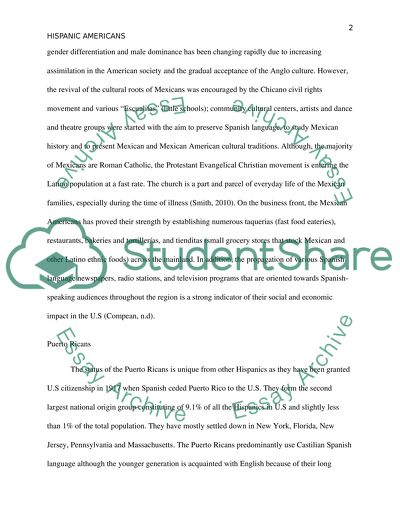Cite this document
(“Hispanic community in the United States Essay Example | Topics and Well Written Essays - 1250 words”, n.d.)
Hispanic community in the United States Essay Example | Topics and Well Written Essays - 1250 words. Retrieved from https://studentshare.org/literature/1436152-journal
Hispanic community in the United States Essay Example | Topics and Well Written Essays - 1250 words. Retrieved from https://studentshare.org/literature/1436152-journal
(Hispanic Community in the United States Essay Example | Topics and Well Written Essays - 1250 Words)
Hispanic Community in the United States Essay Example | Topics and Well Written Essays - 1250 Words. https://studentshare.org/literature/1436152-journal.
Hispanic Community in the United States Essay Example | Topics and Well Written Essays - 1250 Words. https://studentshare.org/literature/1436152-journal.
“Hispanic Community in the United States Essay Example | Topics and Well Written Essays - 1250 Words”, n.d. https://studentshare.org/literature/1436152-journal.


